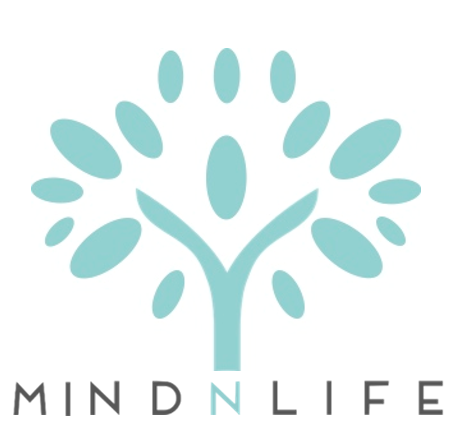Three Differences about Child Therapy
The process of child therapy has many distinct differences from that of adult therapy, and in order to better support someone going through child therapy, it is important to understand it. If you are considering child therapy, or your young person has asked to speak to a therapist, here are three differences that are important to keep in mind!
Allow for Patience
Firstly, the process of child therapy requires more patience and the whole process may be slower than ault therapy. In the beginning, many youth have reservations when it comes to therapy because they don’t fully understand what the word therapy actually means. A large amount of time is initially spent educating young people about what therapy is. This process helps young people realise that going to therapy doesn’t mean they’re crazy or that they’re going to end up in the hospital. These are catastrophic thoughts that their therapist will help guide them through and better understand.
“Therapy is a service for people who are experiencing some kind of psychological distress, it is impacting them and they have a desire to do better.”- Dr Carder
If your young person does not want to be in therapy, the therapist’s first job is to understand why that is, especially if the parents feel that there is indeed a problem. It is at this time where we sometimes see a split between the parent’s and the young person’s perception of what is going on in the youth’s life. The therapist then finds the middle ground that allows both parties to have a shared understanding of treatment and understanding what is the therapeutic goal.
And this isn’t always a straightforward process! It can take several weeks with a highly reluctant teenager to find common ground. From there we can then create a therapeutic goal to support them through this chapter of life. At times what the parents want out of therapy isn’t necessarily what the young person needs support with. Ensuring good communication between all parties and for the parents to trust the therapist they are working with is extremely important.
The Development of Trust
Therapy is a real act of vulnerability and the best therapy is done when people give the therapist “permission to trespass” on inner thoughts. To the youth, they often think why on earth would anyone do that? Which is why trust is so important in the process of child therapy. For a child or young person in therapy. They are engaging in a relationship that is unlike other adult relationships. A therapist is not their parent, family member or teacher, so a huge part of the process for the youth is figuring out the dynamics of this relationship.
Therapy works through creating a therapeutic alliance of trust, this concept for a child or young person can be challenging to wrap their heads around due to novelty and expectations. Unlike school where a young person is told what to do with clear boundaries and expectations, much of child therapy is tailored around the needs of the child and the concept of “right or wrong” is somewhat non-existent. In other words, they have no other points of reference for what therapy is. Adults may have had previous experience in therapy, seen it in movies or TV shows, or even had a friend in therapy before with whom they spoke about the experience. Due to the unfortunate stigma however, many young people have reluctance in trusting the therapist and therefore opening up to talk about what really matters can be really difficult for them.
Confidentiality
Lots of parents forget that therapy is a confidential process, and that it is not the therapist’s job to report back to the parents. In therapy, we aim for the young person to understand themselves so they can better emotionally regulate and better themselves. For many young people the thought that their parents could know everything they disclose is unnerving which sets the wrong tone for therapy.
In child therapy, the therapist will always set the boundaries of confidentiality with parents and the young person (their client) in the initial session. Each therapist has different boundaries of what they share with parents and It is always important to make sure that this is clear in the first session so everyone is on the same page.
At times, the therapist may want to include the parents in a session with the young person, or have parenting consultations to better understand the dynamics at home. Each therapist has a different approach and it is always best to ask more questions in your initial session to understand their therapeutic modality. Ultimately, healing happens at home and therapy is the catalyst and dress rehearsal of skills that the child or young person needs to practice at home, with the people who matter the most, their parents and friends.
Contact
At MindnLife, we provide assessments, psychology, and child therapy programs, designed to strengthen and support optimal social and emotional development. Our psychologists work closely with parents to provide all-rounded support to the child. We strive to create an environment of trust where the child will feel safe to share.







